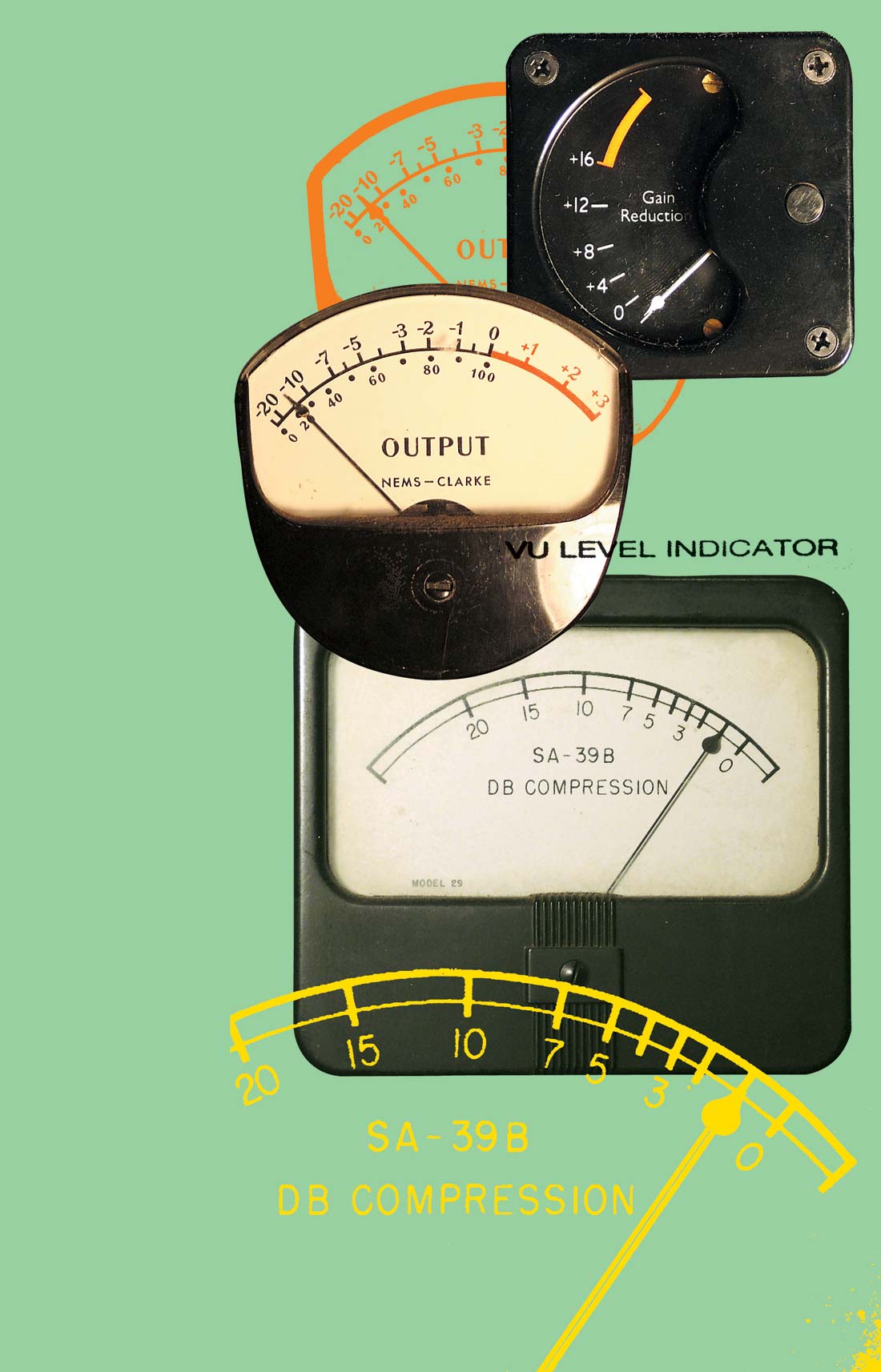Sound the trumpets; Universal Audio has done it again! With the reissue of the LA-3A, UA has brought back one of the best, solid-state, optical compressors ever built. Originally designed as a broadcast unit, the LA-3A quickly found its home in recording studios, and with a bit of modification to get it to behave at +4 dBu, it was one of the best vocal compressors ever. I was fortunate enough to have the use of an original unit for many years, and it never disappointed. Sadly, I had to return that unit to its owner, and my three-year loan came to an end.
When I met Will Shanks from UA at TapeOpCon2004, I asked him if and when they had any plans to add the LA-3A to the reissue series. Apparently, I was not the only one requesting the reissue! As a beta tester, I got my test unit just after the 2005 TapeOpCon. I went right into a session with Why Make Clocks, a band from Des Moines, and they're the ones that really got to be the testers. To say that UA has done a good job of recreating the LA-3A would be an understatement. They have done an amazing job! From the traces on the cards to the transformers, the engineers at UA pretty much cloned the original. This thing sounds fantastic. They left the front panel and controls exactly as the original. They put the emphasis adjustment pot on the back and included the gain modification stage that was added to most of the originals as a third-party upgrade. UA definitely did their homework.
The reason the LA-3A was so legendary is it sounds so good. Some will tell you it's a solid-state version of the LA-2A, which is somewhat true as they both use the T4 optical circuit, but it is not that simple. Someone who is more knowledgeable than me about tubes and transistors could probably go on and on about what makes the two units different, but I'm not going to go into that here. To me, there's an obvious difference in how they interact with the program material. With no tubes involved, the LA-3A is less squishy and a lot more transparent. You can make this thing compress like crazy, and it never sounds overdone. It works so well on lead vocals, that when you get it right, you don't have to ride the fader at all during mixdown. It never sounds harsh, and in fact, with the emphasis control, you can make the unit react more to high- end level and get it to behave like a de-esser.
The LA-3A was originally built for broadcast applications and was a big part of the sound of AOR as FM Radio grew up in the early 70's. Much of that classic-rock sound for which we are all so nostalgic resulted from radio stations limiting the dynamic range of their broadcasts with these units. Part of the whole analog mythology comes from the way those songs sounded over the air more so than the way they sounded as records, but we tend to forget that. A pair of LA-3A's as stereo compressors is a great way to get that sound from your mixes-analog or digital. As a single unit, the compressor works fantastically on bass, guitar, piano, vocals, and pretty much anything you put through it. The difference it made in the vocals was so noticeable that the aforementioned band Why Make Clocks sent me the rest of their record to mix from Pro Tools just so I could put the LA-3A on the lead vocals.
Having that beta unit at the studio was like an audio reunion with an old and trusted friend. I had to return it so the engineers at UA could see how it was holding up inside. I sure miss that one as much as I do the original LA-3A I had on loan, but soon I'll have my own. ($1500 street; www.uaudio.com)




_disp_horizontal_bw.jpg)